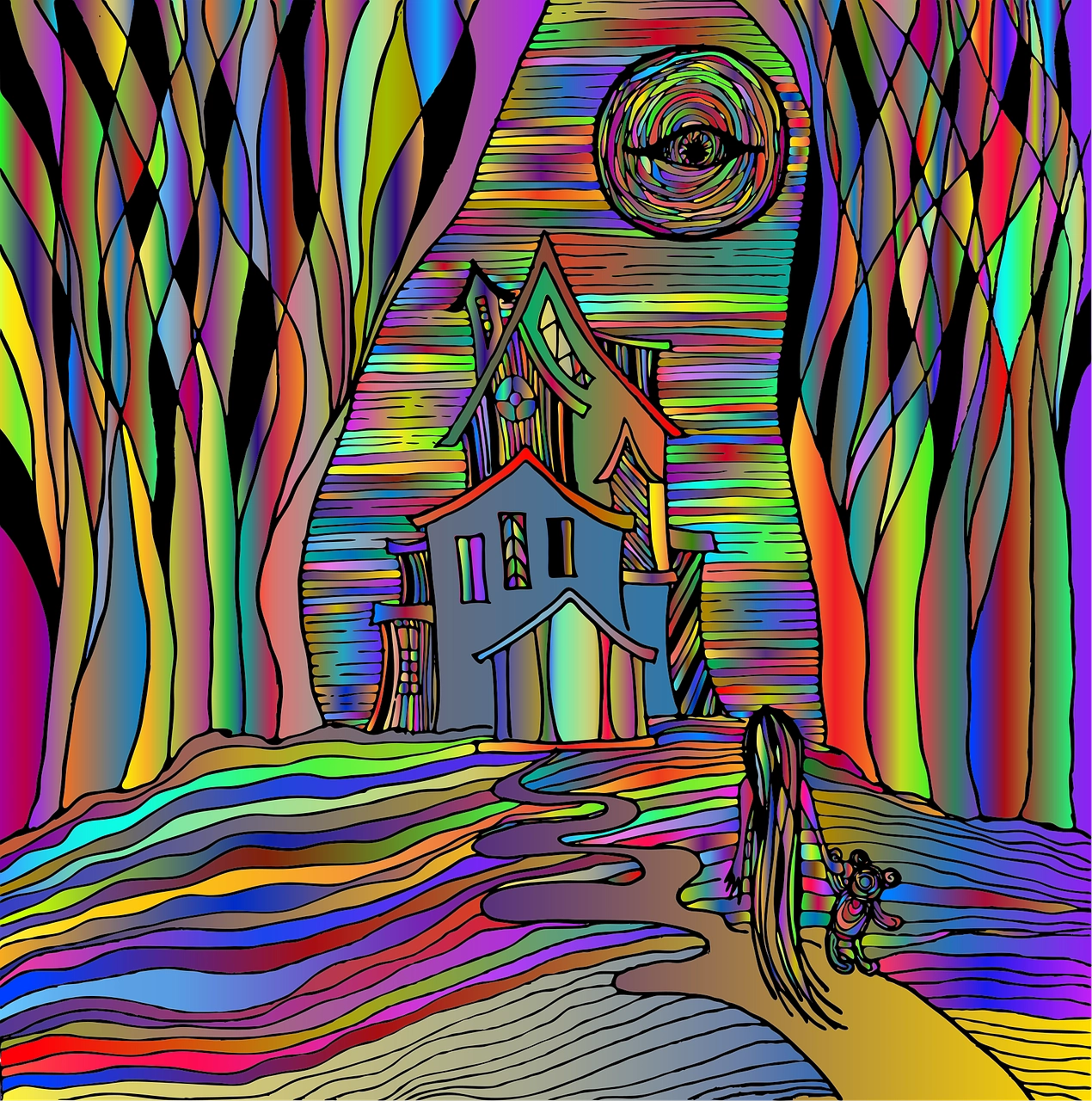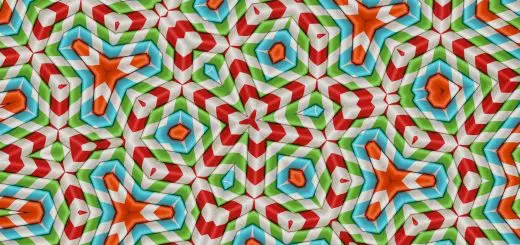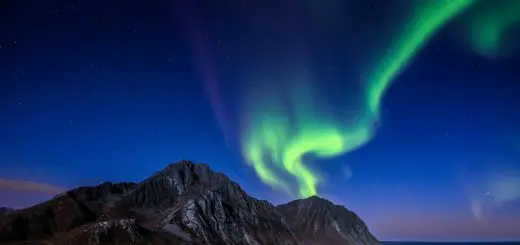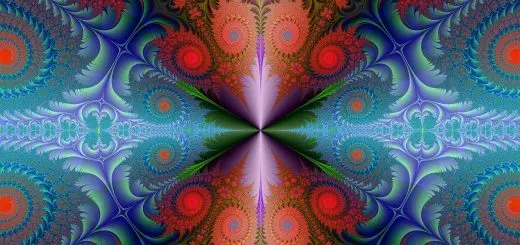What Colors Make Red? Learn the Simple Process

Looking for more amazing products? Check out our online store and explore our collection here! Happy shopping!
Before diving in, please note: This post is for informational purposes only. If you’d like to know more about how we approach topics, feel free to check out our friendly Disclaimer Page.
Hey there, amazing readers! 
We’re committed to delivering quality posts, and your support (even just sticking around despite the ads) means everything to us. So, bear with us, and thanks for helping us keep the good vibes rolling. Now, on to the fun stuff!
TRANSLATE BUTTON AT THE END OF THE ARTICLE
A Quick Overview
Have you ever found yourself mixing colors and wondering how to make that vibrant red?
You’re not alone!
Color mixing can feel like a bit of a puzzle, especially when you’re trying to get that perfect shade.
Whether you’re a painter, a digital artist, or just someone curious about colors, understanding how to create red can elevate your artistic skills.
In this article, we’re diving into the world of color mixing, focusing specifically on red.
Let’s embark on this colorful journey together!
Understanding the Basics of Color Mixing for Beginners
Color mixing is both a science and an art form.
At its core, it’s about combining different colors to create new ones.
Imagine it as mixing ingredients in a recipe.
Some combinations yield delicious results while others might be a bit off.
When we talk about mixing colors, we’re typically referring to two approaches: additive and subtractive color mixing.
Additive mixing involves light, while subtractive mixing relates to pigments or paints.
Let’s break these concepts down a bit.
In additive mixing, we start with black and add light.
When we combine different colors of light, the result can be surprising.
On the flip side, subtractive color mixing begins with white and removes light.
This is what happens when you mix paints or inks.
Understanding these two systems will help us grasp how to create red and other colors effectively.
Are you ready to get your hands dirty (or should I say colorful)?
The Primary Colors: The Foundation of Color Theory
Before diving deeper into making red, let’s talk about primary colors.
These are the building blocks of all other colors.
In the traditional color wheel, the primary colors are red, blue, and yellow.
Think of them as the three musketeers of color.
They stand alone and can’t be made by mixing other colors together.
However, when you mix these primary colors, you can create secondary colors like green, orange, and purple.
In the case of red, it’s one of those primary colors.
So, technically, you can’t "make" red from other colors.
Instead, red can serve as a foundation to create a plethora of beautiful shades.
This knowledge is crucial for anyone looking to explore the art of color mixing.
Why Red is Important in the Color Wheel System
Red is a bold color full of emotion.
It symbolizes passion, love, and energy.
In many cultures, red is associated with power and strength.
On the color wheel, red is placed between violet and orange, illustrating its position as a primary color.
This placement shows how it interacts with other colors.
For instance, mix red with yellow, and you get orange—another warm, vibrant color.
When you understand red’s significance in the color wheel, you can start to appreciate its versatility.
It can be brightened, darkened, or adjusted to create countless shades.
Think of red as the star of a musical, where it takes the lead, but it can also harmonize beautifully with other colors.
Exploring the Two Main Methods of Color Mixing
As I mentioned earlier, the two primary methods of color mixing are additive and subtractive.
Each has its own unique pathway to creating colors.
Additive Color Mixing: This method uses light.
When you combine red, green, and blue light, you can create a wide array of colors.
For example, mixing red and green light results in yellow.
This system is often used in digital screens and stage lighting.
Subtractive Color Mixing: In this approach, colors are created by mixing pigments.
When you mix red paint with yellow, you get orange.
If you mix red with blue, you’ll see purple emerge.
This method is common in painting, printing, and any scenario involving physical colors.
Both methods have their charm and utility.
Knowing which one to use can help you achieve your desired results, whether you’re working on a digital canvas or with traditional paints.
How to Create Red Using Additive Color Mixing
Additive color mixing can be a bit confusing since red is already a primary color.
So, how do we work with it?
Let’s explore.
When you work with lights or screens, you can use red light as your starting point.
Here’s a simple breakdown of how it works:
Start with Black: This represents the absence of light.
Add Red Light: When you add red light, the screen produces a vibrant red hue.
Experiment with Green and Blue: While you can’t make red from these colors, you can see how they interact with red.
For instance, mixing red and green light results in yellow light.
If you’re experimenting with LEDs or digital art, play around with the intensity of red light.
You can create lighter or darker shades by adjusting the brightness of other colors.
Discover the Secrets of Subtractive Color Mixing
Subtractive color mixing is where things get a little more hands-on.
Since red is a primary color, we can’t mix other colors to create it.
However, we can explore how to manipulate red through other colors.
Start with White: In subtractive mixing, you begin with white, which contains all colors.
Add Red Paint: This gives you your base color.
Mix with Other Colors: If you mix red with yellow, you create orange.
If you want a darker red, you can mix it with a touch of blue, resulting in a more muted, deeper shade.
This method is commonly used in painting and printing.
It’s fascinating to see how adding or subtracting colors can yield different outcomes.
Combining Magenta and Yellow to Make Beautiful Red
Here’s a little trick I’ve learned over the years: you can create a shade of red by mixing magenta and yellow.
This is particularly useful in printing and painting.
Start with Magenta: This bright, vibrant color is a secondary color created by mixing red and blue.
Add Yellow: When you mix these two colors, you’ll find yourself creating a lovely shade of red.
The ratio of magenta to yellow can also influence the final outcome.
A little more magenta will give you a cooler red, while a touch more yellow will warm it up.
It’s a fun experiment when you want to achieve that perfect shade!
Mixing Warm Colors: The Role of Orange in Creating Red
Warm colors like orange play a fascinating role in the world of color mixing.
Although orange is a secondary color made from red and yellow, it can inspire different shades of red.
Mixing Red and Orange: When you combine these two colors, you create a brighter, more vibrant red.
Using Orange to Warm Up Red: If you find your red too cool or dull, add a hint of orange.
This will give it a warmer glow, reminiscent of a sunset.
This technique is especially useful in painting landscapes or portraits where warm tones can bring life to your work.
Experimenting with these colors can lead to delightful surprises!
The Influence of Light on Your Red Color Creations
Light plays a crucial role in how we perceive color.
Did you know that the same shade of red can look different under various lighting conditions?
Natural Light: Daylight can enhance the vibrancy of red, making it pop.
Artificial Light: Incandescent bulbs might give red a warmer tone, while fluorescent lights can make it appear cooler.
Understanding how light affects color can help you choose the right setting for your artwork or design.
It’s like choosing the right filter for a photo—light can dramatically change the mood.
Common Mistakes to Avoid When Mixing Colors
Color mixing can be tricky, and there are common pitfalls.
Here are a few mistakes to watch out for:
Using Too Much Paint: Overloading your brush with paint can muddy your color.
Ignoring Color Theory: Understanding how colors interact can save you from mixing mistakes.
Not Testing Before Committing: Always test your mixes on a separate piece before applying them to your primary artwork.
Remember, mistakes are part of the learning process.
Don’t be afraid to experiment, but keep these tips in mind to make your color mixing journey smoother!
Fun Experiments to Try: Making Red at Home
Ready to roll up your sleeves?
Here are some fun experiments you can try at home to explore making red:
Mixing Magenta and Yellow: Use acrylic paints to create a vibrant red.
Adjust the ratio to see how it influences color.
Using Red Light: If you have colored bulbs, create different shades by adjusting the intensity.
Creating a Color Wheel: Make a color wheel using paint, focusing on how red interacts with primary and secondary colors.
These hands-on activities will help you understand color mixing better and encourage creativity.
Dive in, have fun, and don’t forget to share your findings!
Wrapping Up: Your Journey to Mastering Color Mixing
Color mixing can feel like a maze at times, but with the right knowledge and practice, you’ll find your way.
Remember, red is a primary color, so you can’t create it from others, but you can mix it with other colors to explore shades and variations.
From understanding the basics to experimenting with light, each step brings you closer to mastering your color palette.
Embrace the process, learn from your mistakes, and let your creativity flow.
So, the next time someone asks, "What colors make red?" you can confidently share your insights.
Keep mixing, keep experimenting, and enjoy the beautiful world of colors!
Conclusion
Color mixing is a fascinating journey that brings art to life.
By understanding the primary colors, the methods of mixing, and the influence of light, we can make vibrant shades of red and beyond.
Remember to keep experimenting and enjoy the process.
Happy painting!

The Enlightenment Journey is a remarkable collection of writings authored by a distinguished group of experts in the fields of spirituality, new age, and esoteric knowledge.
This anthology features a diverse assembly of well-experienced authors who bring their profound insights and credible perspectives to the forefront.
Each contributor possesses a wealth of knowledge and wisdom, making them authorities in their respective domains.
Together, they offer readers a transformative journey into the realms of spiritual growth, self-discovery, and esoteric enlightenment.
The Enlightenment Journey is a testament to the collective expertise of these luminaries, providing readers with a rich tapestry of ideas and information to illuminate their spiritual path.
Our Diverse Expertise
While our primary focus is on spirituality and esotericism, we are equally passionate about exploring a wide range of other topics and niches 

To ensure we provide the most accurate and valuable insights, we collaborate with trusted experts in their respective domains 
Our blog originally focused on spirituality and metaphysics, but we’ve since expanded to cover a wide range of niches. Don’t worry—we continue to publish a lot of articles on spirituality! Frequently visit our blog to explore our diverse content and stay tuned for more insightful reads.
Hey there, amazing reader! 
Check out our store here and take a peek at some of our featured products below! Thanks for being awesome!













